CO2 laser are primarily used for skin resurfacing, a procedure that removes the outer layers of skin and stimulates the production of new collagen. This can help to improve the appearance of wrinkles, scars, acne, and other skin imperfections.
There are two main types of CO2 lasers used in dermatology:
- Ablative CO2 lasers: These lasers remove the top layer of skin (epidermis) and some of the underlying dermis. They are more effective for treating deep wrinkles and scars, but they also have a longer recovery time and a higher risk of side effects.
- Fractional CO2 lasers: These lasers deliver tiny beams of light that create microscopic columns of injury in the skin. This stimulates collagen production without removing as much tissue as ablative lasers. Fractional CO2 lasers have a shorter recovery time and a lower risk of side effects, but they may not be as effective for treating deep wrinkles and scars.
The type of CO2 laser that is right for you will depend on your individual needs and goals. It is important to consult with a board-certified dermatologist to discuss your options and determine if CO2 laser resurfacing is right for you.
Here are some of the benefits of CO2 laser resurfacing:

- Reduces the appearance of wrinkles and fine lines
- Improves the appearance of scars, including acne scars
- Tightens and smooths the skin
- Reduces sun damage
- Improves skin tone and texture
Risks and side effects associated with CO2 laser:
- Infection
- Bleeding
- Scarring
- Changes in skin pigmentation
- Pain
- Swelling
- Redness
It is important to discuss these risks and side effects with your dermatologist before undergoing treatment.
Overall, CO2 laser resurfacing can be an effective treatment for a variety of skin concerns. However, it is important to be aware of the risks and side effects before undergoing treatment.
CO2 Laser for Skin Resurfacing and Rejuvenation:
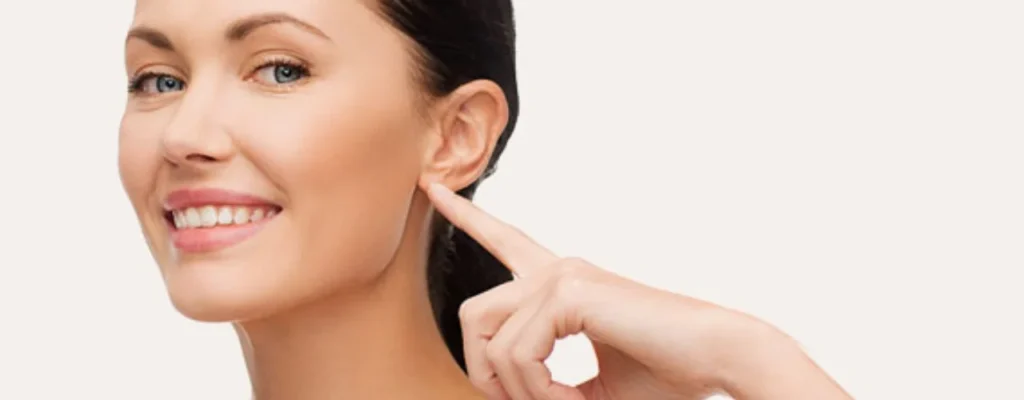
CO2 lasers are potent tools in the dermatologist’s arsenal for skin resurfacing and rejuvenation. They offer significant benefits but also come with risks and factors to consider before taking the plunge.
How it works:
- CO2 lasers emit infrared light that vaporizes superficial skin layers, stimulating collagen production in the deeper layers.
- This triggers healing and regeneration, leading to smoother, tighter, and younger-looking skin.
Benefits:
- Dramatic improvement in wrinkles, fine lines, and skin laxity.
- Effective for acne scars, stretch marks, and sun damage.
- Long-lasting results, often exceeding other resurfacing methods.
- Improves overall skin tone and texture.
Types of CO2 lasers:
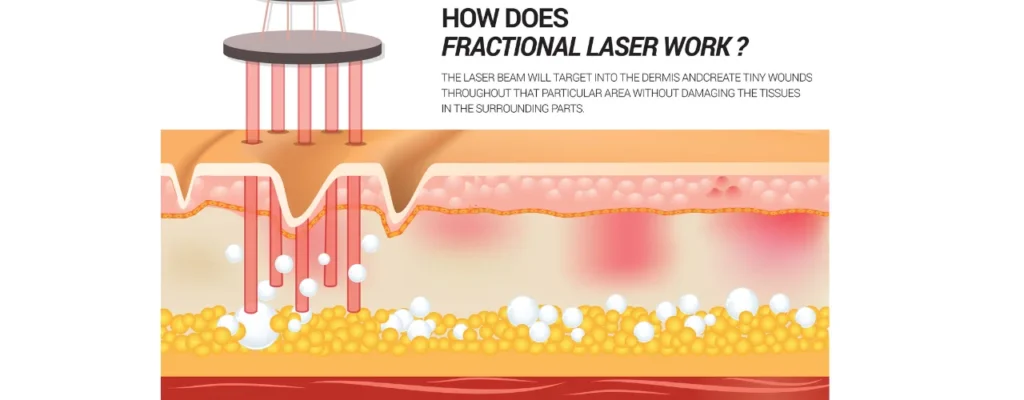
- Ablative: Removes the entire epidermis and partially the dermis, offering the most dramatic results but with longer recovery and higher risk of side effects.
- Fractional: Creates tiny columns of injury, stimulating collagen while preserving most of the epidermis, leading to faster healing and lower risk.
Things to consider:
- Cost: CO2 laser treatments are among the most expensive resurfacing options.
- Pain: The procedure requires local anesthesia and can be quite uncomfortable.
- Recovery: Ablative lasers have a longer and more demanding recovery with potential swelling, redness, and peeling for 2-3 weeks.
- Risk of side effects: Scarring, hyperpigmentation, infection, and changes in skin texture are possible, especially with ablative lasers and darker skin tones.
- Not suitable for everyone: Active infections, certain medical conditions, and pregnant or breastfeeding women are not good candidates.
Ultimately, the decision to undergo CO2 laser resurfacing should be made in consultation with a certified dermatologist. They can assess your skin, discuss your goals, and recommend the most suitable approach based on your individual needs and risk tolerance.
CO2 Laser For Wrinkle Reduction And Skin Tightening:

CO2 lasers can be extremely effective for wrinkle reduction and skin tightening, but it’s important to approach them with thorough understanding and realistic expectations.
Effectiveness:
- For wrinkles and fine lines: Ablative and fractional CO2 lasers both excel at reducing the appearance of wrinkles, especially deeper ones around the mouth and eyes. Fractional lasers may be better for fine lines.
- For skin tightening: CO2 lasers stimulate collagen production, leading to tighter, plumper skin. Ablative lasers offer more dramatic tightening, but fractional lasers provide noticeable improvement with less downtime.
Benefits:
- Significant results: CO2 lasers often deliver more dramatic and long-lasting improvements than other methods like peels or microneedling.
- Versatility: They can address various concerns beyond wrinkles, like scars, sun damage, and uneven skin tone.
- Improved overall texture: The skin’s surface becomes smoother and firmer after treatment.
Things to consider:
- Downtime: Ablative lasers require up to 10 days of downtime with significant redness and peeling, while fractional lasers have shorter recovery periods (about 3-5 days) with milder side effects.
- Potential side effects: Scarring, hyperpigmentation, and infection are possible, especially with ablative lasers and darker skin tones.
- Cost: CO2 laser treatments are among the most expensive skin rejuvenation options.
- Consultations: Discussing your goals and concerns with a qualified dermatologist is crucial to determine if CO2 lasers are the right choice for you.
Alternatives:
- Chemical peels: Less aggressive and expensive, suitable for milder wrinkles and sun damage.
- Microneedling: Stimulates collagen production with minimal downtime, good for fine lines and overall skin texture.
- Radiofrequency: Tightens skin with heat energy, often combined with other treatments for optimal results.
CO2 Laser For Acne Scarring:
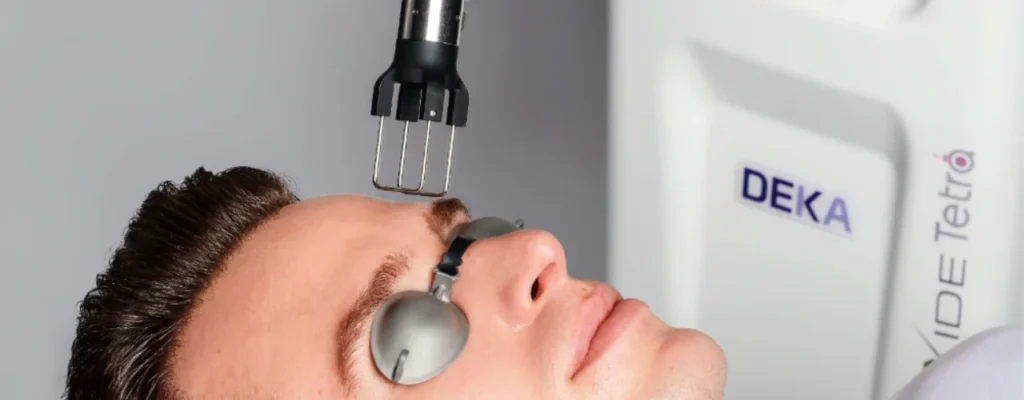
CO2 lasers can be a highly effective tool for treating acne scars, but it’s crucial to understand their potential before making a decision. Here’s a breakdown of their advantages and drawbacks:
Benefits:
- Significant improvement: CO2 lasers can dramatically reduce the appearance of acne scars, particularly rolling scars, boxcar scars, and ice pick scars.
- Stimulates collagen production: The laser energy triggers collagen synthesis, leading to smoother, thicker skin and improved scar texture.
- Versatile: Can address various scar types and depths, along with concerns like wrinkles and sun damage.
- Long-lasting results: With proper care, the improvements from CO2 laser treatment can last for several years.
Things to consider:
- Downtime: Ablative CO2 lasers require extended recovery (up to 10 days) with significant redness, peeling, and potential scabbing. Fractional CO2 lasers have shorter downtime (3-5 days) but still involve noticeable redness and flaking.
- Risk of side effects: Scarring, hyperpigmentation, and infection are possible, especially with darker skin tones and deeper laser penetration.
- Cost: CO2 laser treatments are among the most expensive acne scar treatment options.
- Not suitable for everyone: Active acne, certain medical conditions, and pregnant or breastfeeding women are not good candidates.
- Alternatives: Chemical peels, microneedling, and radiofrequency are less invasive options with shorter recovery times, though their results may not be as dramatic.
Choosing the right type of CO2 laser:
- Ablative: Offers the most significant scar reduction but comes with longer downtime and higher risk.
- Fractional: Ideal for milder scars and those seeking faster recovery and lower risk, but results may be less dramatic.
Ultimately, the decision for CO2 laser treatment should be made in consultation with a certified dermatologist. They can assess your scars, discuss your goals, and recommend the most suitable approach considering your skin type and risk tolerance.
Remember:
- CO2 lasers are powerful tools, but they are not a magic bullet. Realistic expectations are crucial.
- Discuss all potential side effects and risks with your dermatologist before proceeding.
- Explore alternative options depending on your scar severity and desired outcome.
CO2 Lasers For Burn And Traumatic Scar Revision:

CO2 lasers can be a valuable tool for revising scars from burns and traumatic injuries, but their use requires careful consideration due to the delicate nature of such scars and the potential for complications. Here’s a breakdown of their potential benefits and limitations:
Benefits:
- Significant improvement in scar appearance: CO2 lasers can reduce the depth, width, and visibility of burn and traumatic scars, leading to a smoother and more even skin texture.
- Versatility: They can address various scar types, including keloids, hypertrophic scars, and contractures.
- Stimulates collagen production: The laser energy triggers collagen synthesis, contributing to improved scar healing and texture.
Things to consider:
- Sensitivity of burn and traumatic scars: These scars are more prone to complications like hyperpigmentation, infection, and delayed healing after laser treatment compared to regular acne scars.
- Downtime: Ablative CO2 lasers require extended recovery (up to 10 days) with significant redness, peeling, and potential scabbing. Fractional CO2 lasers have shorter downtime (3-5 days) but still involve noticeable redness and flaking.
- Risk of side effects: Even with careful technique, hyperpigmentation, scarring, and infection are possible, especially with darker skin tones and deeper laser penetration.
- Cost: CO2 laser treatments are among the most expensive scar revision options.
- Not suitable for all scars: Recent burns, active infections, and certain medical conditions make CO2 laser treatment unsuitable.
Alternatives to consider:
- Silicone gel sheets: These are first-line treatment for burn and traumatic scars, helping to reduce redness, itching, and scar height.
- Corticosteroid injections: Can help flatten and soften raised scars.
- Surgery: In some cases, surgical scar revision may be necessary for optimal results.
Choosing the right approach:
- Consult a certified dermatologist or plastic surgeon specializing in scar revision. They can assess your scars, discuss your goals, and recommend the most suitable approach based on your individual case.
- Fractional CO2 lasers are often preferred for burn and traumatic scars due to their lower risk and shorter downtime compared to ablative lasers.
- Combination therapy using lasers alongside other treatments like silicone gels or corticosteroid injections may be optimal for some cases.
Remember:
- CO2 lasers are powerful tools, but they are not a magic bullet. Scar revision is a complex process, and realistic expectations are crucial.
- Discuss all potential side effects and risks with your doctor before proceeding.
- Explore alternative options based on your specific scar type and desired outcome.
With careful consideration, informed decision-making, and consultation with a qualified specialist, CO2 laser treatment can be a valuable option for improving the appearance of burn and traumatic scars. Just ensure you prioritize safety and choose the approach that best suits your individual needs.
Conclusion:
CO2 lasers are powerful tools for skin rejuvenation, scar reduction, and more, but require careful consideration due to potential side effects and high cost. While they offer impressive results for treating wrinkles, acne scars, and sun damage, consulting a qualified dermatologist, understanding the risks, and exploring alternatives are crucial before taking the plunge.
Derma and Dental Clinic:
Derma & Dental Clinic stands out with its team of experienced doctors backed by scientific evidence in their chosen fields. Their diverse range of medical-grade procedures offer tailored solutions for various skin and dental needs. You can confidently book your consultation online or by phone and embark on your journey towards healthier skin and a radiant smile.
Location: Bahria Town, Lahore
Specialties: Dermatology and Dental Care
Website: Derma.pk
For Consultation:
- Online at Dermatology.pk
- WhatsApp: +923205999650
- Phone: 03041115000
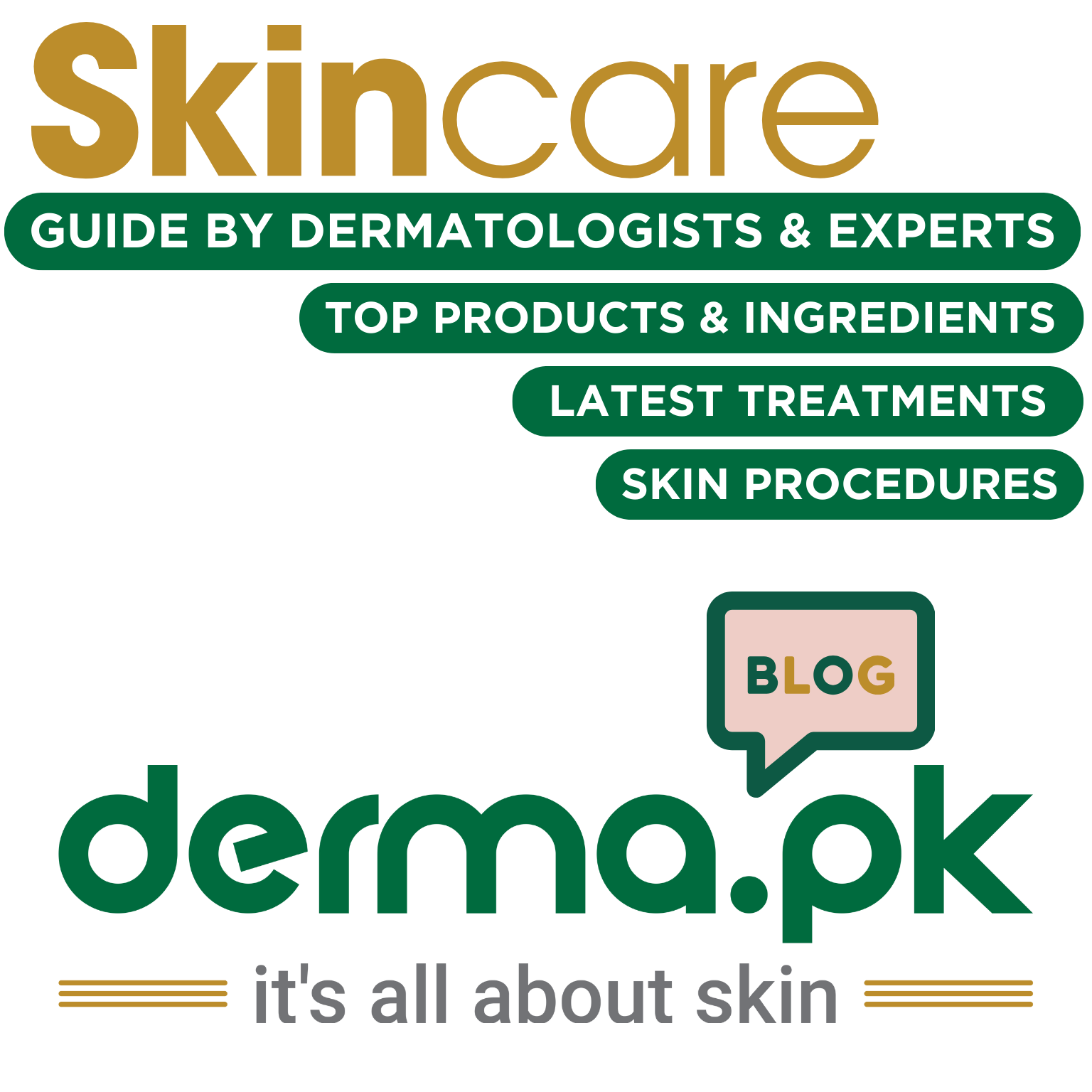




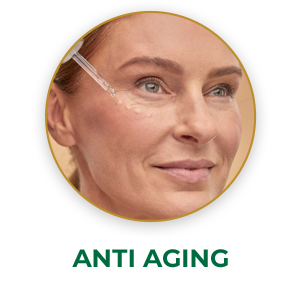








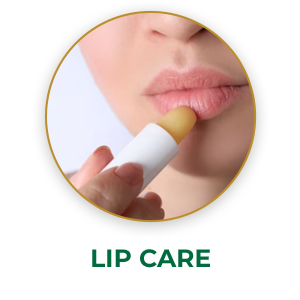





[…] CO2 Laser: Powerful Tool for Skin Rejuvenation […]
Glad to be one of the visitors on this awe inspiring web site : D.